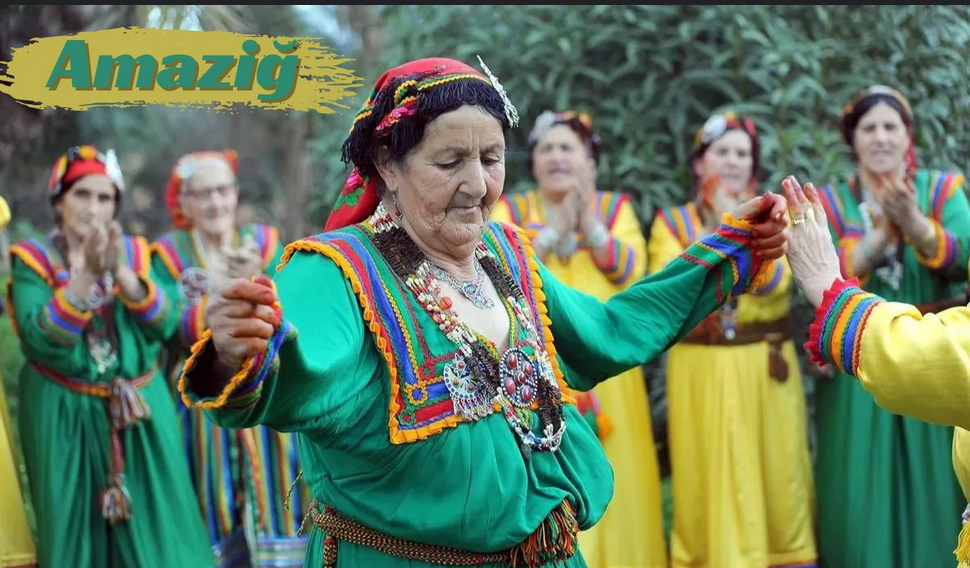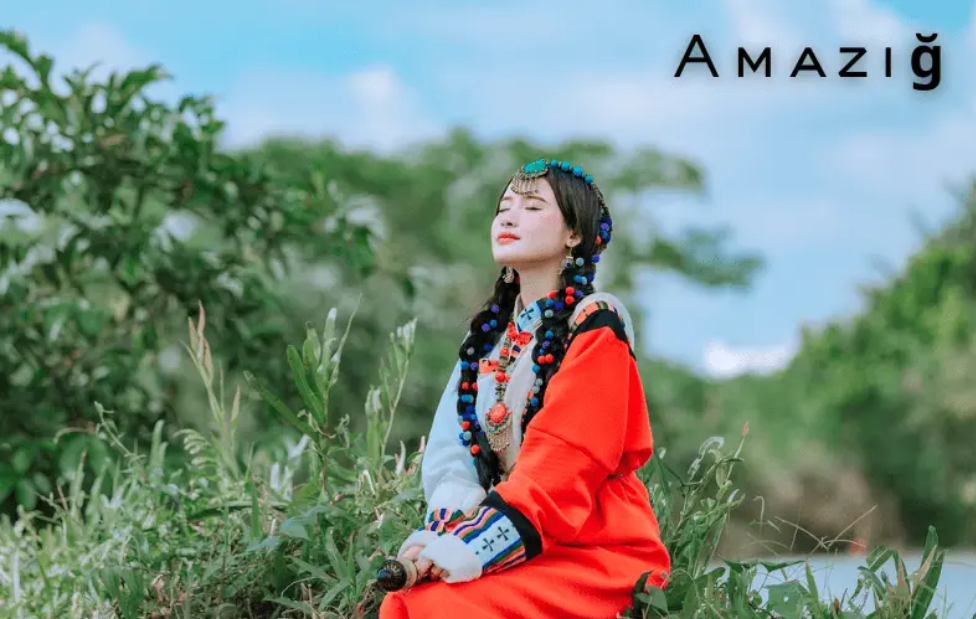Discovering Amaziğ: An Accessible Guide to Berber Culture
In this blog post, we embark on an enlightening journey to unravel the complexities of the Amaziğ people, a term deeply intertwined with Berber culture. Our goal is to provide clear and accessible insights into this rich tradition.
Together, we’ll explore the nuances, celebrate the enduring heritage, and uncover the layers of Amaziğ traditions, enriching our understanding of their cultural fabric.
Join us as we traverse the landscapes of history, geography, identity, and tradition, deepening our appreciation of the vibrant cultural tapestry that this community represents.
Religious Diversity within the Amaziğ Community

The Amaziğ, also known as Berbers, have profoundly influenced history with their rich and enduring heritage. Their story stretches back to ancient North Africa, where their cultural and historical impact remains palpable today.
From their early migrations to their contributions to various languages and traditions, these people have played a pivotal role in shaping the cultural landscape of the region. Their history is a testament to their resilience and ongoing influence, highlighting their deep-rooted presence in the annals of time.
The Geographic Spread of Amaziğ Communities
Over centuries, the Amaziğ have established a vibrant and diverse cultural presence across North Africa, including Algeria, Tunisia, Libya, Mali, Niger, and Burkina Faso. Their legacy is embedded in the region’s cities and landscapes, contributing to a rich cultural mosaic.
Despite the geographical diversity, these communities share common linguistic, cultural, and ritualistic bonds. These shared elements help to unify and strengthen their societies, weaving together their distinct yet interconnected cultural fabric.
Embracing the Unique Identity of the Amaziğ
The Amaziğ, also referred to as Imazighen, embody a distinct cultural identity marked by their resilience and pride. The term “Imazighen” signifies a profound sense of unity and heritage, reflecting their ability to maintain their cultural integrity amidst external challenges.
This collective identity fosters a strong connection among individuals, preserving traditions and ensuring that their cultural legacy endures for future generations. It represents not just a shared heritage but also a commitment to upholding the values and practices that define their culture.
Religious Diversity

The religious landscape of the Amaziğ people is as diverse as their cultural background. Originally, many practiced indigenous religions with unique rituals and beliefs. However, the spread of Islam led to widespread conversion, with the majority embracing Sunni Islam.
This religious diversity persists within the community, with some aligning with Shia Islam, adding layers of complexity to their religious identity. This rich tapestry of faiths illustrates the adaptability and multifaceted nature of Amaziğ culture.
The Modern Relevance of Amaziğ Culture
Today, Amaziğ culture transcends its historical roots, representing a broader symbol of ethnic diversity and storytelling. Understanding and appreciating these traditions allows us to connect more deeply with the global cultural mosaic.
Amaziğ heritage serves as a bridge that connects individuals across different backgrounds, fostering mutual respect and appreciation for diverse experiences and traditions. By embracing the richness of this heritage, we enhance our collective understanding and contribute to a more inclusive world.
Conclusion
The diverse cultural practices of the Amaziğ illustrate the adaptability and richness of human society. By exploring their history, geography, identity, and religious traditions, we gain valuable insights into their legacy. Embracing this culture enriches our understanding of humanity’s shared history and paves the way for a more inclusive future.
FAQs About Amaziğ Culture
What is the historical significance of the Amaziğ people?
The Amaziğ, or Berbers, have left a lasting impact on history through their ancient presence in North Africa and their contributions to languages, traditions, and cultural developments.
Where are the Amaziğ people located today?
Amaziğ communities are spread across North Africa, including countries like Algeria, Tunisia, Libya, Mali, Niger, and Burkina Faso, each contributing to the region’s cultural diversity.
What does the term “Imazighen” signify?
“Imazighen” represents the Amaziğ people’s collective identity, emphasizing their unity, pride, and resilience amidst external challenges and historical changes.
How has Islam influenced Amaziğ religious practices?
While many Amaziğ initially practiced indigenous religions, the spread of Islam led to widespread conversion, predominantly to Sunni Islam, with some embracing Shia Islam.
Why is Amaziğ culture relevant today?
Amaziğ culture symbolizes ethnic diversity and storytelling, offering a bridge for understanding and appreciating diverse cultural experiences in the modern world.







